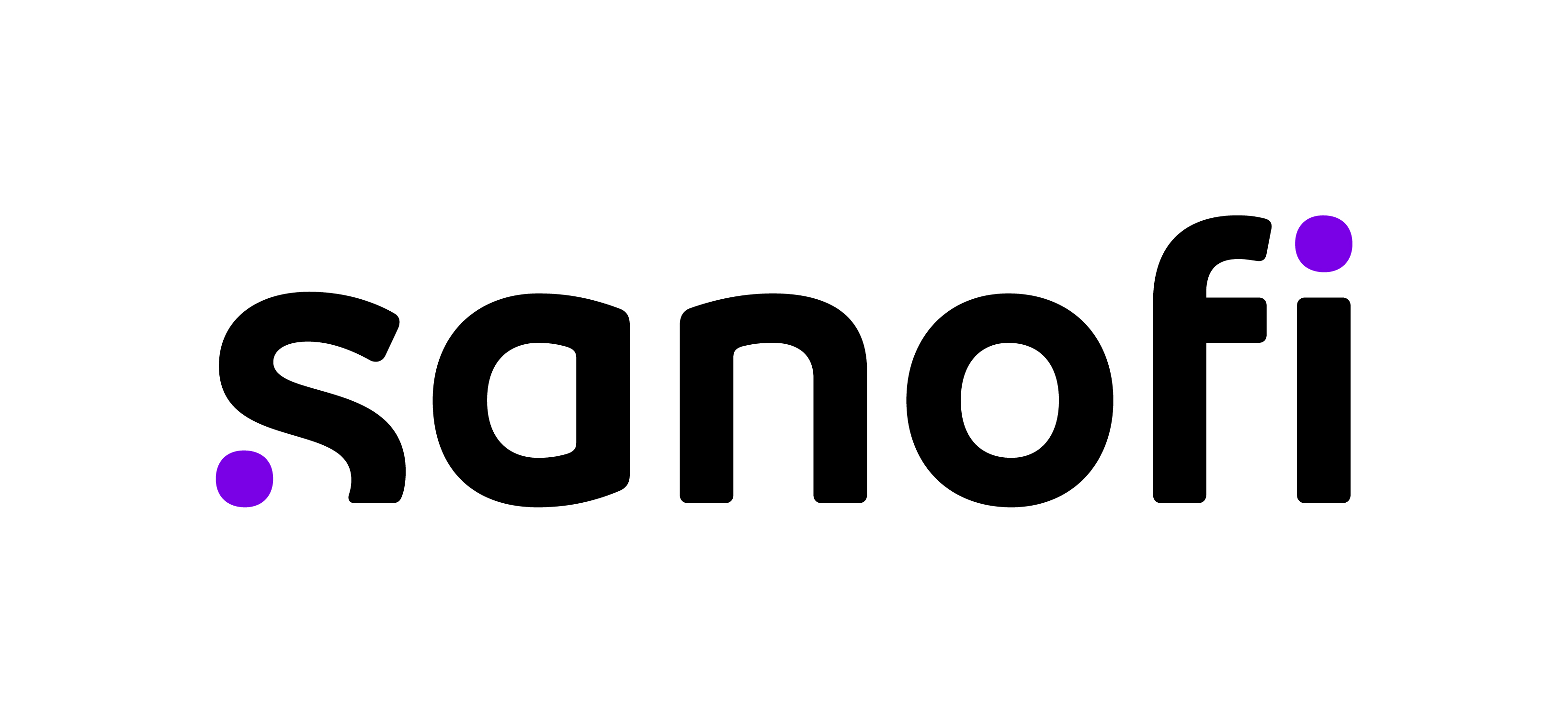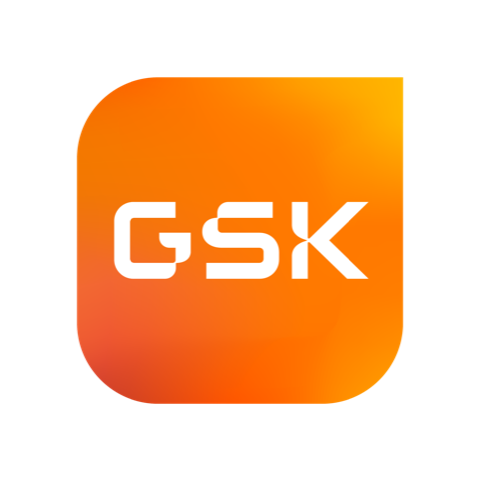Which CAR-T is the Best for You? Comparing Cilta-cel and Ide-cel

Understanding CAR-T Options for Multiple Myeloma
Ciltacabtagene autoleucel (Carvykti or cilta-cel, marketed by Johnson & Johnson/Legend Biotech) and idecabtagene vicleucel (Abecma or ide-cel, marketed by Bristol Myers Squib) are currently the only two approved CAR T-cell products for myeloma. In addition to their current indication, there are multiple ongoing clinical trials to have these CAR-T therapies moved into earlier use, for example, following diagnosis.
Let us turn our attention to our fellow patients now. At some point in our treatment journey, we may be faced with the question of whether CAR-T treatment may be an option to extend our lives. But, how to choose? First and foremost, we must turn to our myeloma specialist for guidance. He/she will have first-hand knowledge of what is best for a given patient, knowing the patient’s individual health history.
Comparing Clinical Outcomes: A Retrospective Analysis
Because we can’t compare two different clinical trials that were not designed for that goal, and we don’t have any clinical trials comparing both products, the sources we can use are retrospective analysis. These are a type of study where researchers look back at existing data and analyze different outcomes. For example, they can use the medical records and patient histories from one or more cancer centers to identify patterns, the incidence of a rare side effect, or to compare different treatment strategies. While these studies can provide valuable insights, they rely on previously collected data, which can limit their accuracy and the ability to establish cause-and-effect relationships when compared to prospective studies.
The Journal of Clinical Oncology has recently published a retrospective study comparing the outcomes of a large cohort of patients (386 for Abecma and 255 for Carvykti). The lead author of the study was also the lead of a presentation on the same subject at the most recent annual forum of the American Society of Hematology. The research team published the following results.
Please note that the information below is using Abecma as a “referent” – in other words, Carvykti results are presented using Abecma as a base that is set to 1.00 (which makes the comparison easier).
|
Outcomes |
Ide-cel (Abecma) |
Cilta-cel (Carvykti) |
||
|
Safety |
% Patients |
Referent = 1.00 |
% Patients |
Compared to the referent |
|
Any CRS |
84% |
1.00 |
75% |
0.69 |
|
Severe CRS ≥3 |
2% |
1.00 |
5% |
6.80 |
|
Any ICANS |
22% |
1.00 |
14% |
0.82 |
|
Severe CRS ≥3 |
4% |
1.00 |
4% |
1.54 |
|
Delayed Neurotoxicity |
0.6% |
1.00 |
10% |
20.07 |
|
Infections |
35% |
1.00 |
47% |
2.03 |
|
Secondary Malignancies |
5% |
1.00 |
9% |
1.77 |
|
Second Primary Malignancy: MDS, AML, Lymphoma |
2% |
1.00 |
2% |
0.94 |
|
Severe Cytopenia day = 30 |
58% |
1.00 |
50% |
0.97 |
|
Severe Cytopenia day = 90 |
31% |
1.00 |
25% |
0.92 |
|
Response |
% Patients |
Referent = 1.00 |
% Patients |
Compared to the referent |
|
Best ORR (≥ PR) |
79% |
1.00 |
89% |
1.6 |
|
Best CR or better |
47% |
1.00 |
70% |
2.42 |
Acronyms: AML, acute myeloid leukemia; CR, complete response; CRS, cytokine release syndrome; ICANS, Immune Effector Cell-Associated Neurotoxicity Syndrome; MDS, myelodysplastic syndrome; ORR, overall response rate
Key Differences Between Carvykti and Abecma
The authors summarize their conclusions for this comparison:
- A higher number of patients showed a response to Carvykti, including a higher complete response rate when compared to Abecma. This advantage was also seen in different patient subgroups, such as those with extramedullary disease, high-risk cytogenetics, prior exposure to BCMA-therapy, or older age. Higher response rates also translated into longer survival outcomes.
- Patients treated with Carvykti also experienced higher rates of certain side effects and toxicities, including severe CRS, delayed neurotoxicities, and infections. Researchers also reported a trend towards higher incidence of secondary malignancies.
- There were no differences in other toxicity rates and non-relapse mortality.
Making an Informed Treatment Decision
As mentioned earlier, please talk to your myeloma specialist! It's important to stay updated on new therapies, especially CAR T-cell treatments. While promising, ongoing studies are still revealing how to use these therapies effectively and who may benefit the most.
If you have any questions or concerns about the latest data, don’t hesitate to discuss them with your medical team. Each situation is unique, and considering factors like previous treatments and other health conditions is vital in choosing the best strategy for you.
Stay informed, as it can help you engage in meaningful conversations about your treatment options. Click below to keep reading the latest treatment advances in myeloma:
Understanding CAR-T Options for Multiple Myeloma
Ciltacabtagene autoleucel (Carvykti or cilta-cel, marketed by Johnson & Johnson/Legend Biotech) and idecabtagene vicleucel (Abecma or ide-cel, marketed by Bristol Myers Squib) are currently the only two approved CAR T-cell products for myeloma. In addition to their current indication, there are multiple ongoing clinical trials to have these CAR-T therapies moved into earlier use, for example, following diagnosis.
Let us turn our attention to our fellow patients now. At some point in our treatment journey, we may be faced with the question of whether CAR-T treatment may be an option to extend our lives. But, how to choose? First and foremost, we must turn to our myeloma specialist for guidance. He/she will have first-hand knowledge of what is best for a given patient, knowing the patient’s individual health history.
Comparing Clinical Outcomes: A Retrospective Analysis
Because we can’t compare two different clinical trials that were not designed for that goal, and we don’t have any clinical trials comparing both products, the sources we can use are retrospective analysis. These are a type of study where researchers look back at existing data and analyze different outcomes. For example, they can use the medical records and patient histories from one or more cancer centers to identify patterns, the incidence of a rare side effect, or to compare different treatment strategies. While these studies can provide valuable insights, they rely on previously collected data, which can limit their accuracy and the ability to establish cause-and-effect relationships when compared to prospective studies.
The Journal of Clinical Oncology has recently published a retrospective study comparing the outcomes of a large cohort of patients (386 for Abecma and 255 for Carvykti). The lead author of the study was also the lead of a presentation on the same subject at the most recent annual forum of the American Society of Hematology. The research team published the following results.
Please note that the information below is using Abecma as a “referent” – in other words, Carvykti results are presented using Abecma as a base that is set to 1.00 (which makes the comparison easier).
|
Outcomes |
Ide-cel (Abecma) |
Cilta-cel (Carvykti) |
||
|
Safety |
% Patients |
Referent = 1.00 |
% Patients |
Compared to the referent |
|
Any CRS |
84% |
1.00 |
75% |
0.69 |
|
Severe CRS ≥3 |
2% |
1.00 |
5% |
6.80 |
|
Any ICANS |
22% |
1.00 |
14% |
0.82 |
|
Severe CRS ≥3 |
4% |
1.00 |
4% |
1.54 |
|
Delayed Neurotoxicity |
0.6% |
1.00 |
10% |
20.07 |
|
Infections |
35% |
1.00 |
47% |
2.03 |
|
Secondary Malignancies |
5% |
1.00 |
9% |
1.77 |
|
Second Primary Malignancy: MDS, AML, Lymphoma |
2% |
1.00 |
2% |
0.94 |
|
Severe Cytopenia day = 30 |
58% |
1.00 |
50% |
0.97 |
|
Severe Cytopenia day = 90 |
31% |
1.00 |
25% |
0.92 |
|
Response |
% Patients |
Referent = 1.00 |
% Patients |
Compared to the referent |
|
Best ORR (≥ PR) |
79% |
1.00 |
89% |
1.6 |
|
Best CR or better |
47% |
1.00 |
70% |
2.42 |
Acronyms: AML, acute myeloid leukemia; CR, complete response; CRS, cytokine release syndrome; ICANS, Immune Effector Cell-Associated Neurotoxicity Syndrome; MDS, myelodysplastic syndrome; ORR, overall response rate
Key Differences Between Carvykti and Abecma
The authors summarize their conclusions for this comparison:
- A higher number of patients showed a response to Carvykti, including a higher complete response rate when compared to Abecma. This advantage was also seen in different patient subgroups, such as those with extramedullary disease, high-risk cytogenetics, prior exposure to BCMA-therapy, or older age. Higher response rates also translated into longer survival outcomes.
- Patients treated with Carvykti also experienced higher rates of certain side effects and toxicities, including severe CRS, delayed neurotoxicities, and infections. Researchers also reported a trend towards higher incidence of secondary malignancies.
- There were no differences in other toxicity rates and non-relapse mortality.
Making an Informed Treatment Decision
As mentioned earlier, please talk to your myeloma specialist! It's important to stay updated on new therapies, especially CAR T-cell treatments. While promising, ongoing studies are still revealing how to use these therapies effectively and who may benefit the most.
If you have any questions or concerns about the latest data, don’t hesitate to discuss them with your medical team. Each situation is unique, and considering factors like previous treatments and other health conditions is vital in choosing the best strategy for you.
Stay informed, as it can help you engage in meaningful conversations about your treatment options. Click below to keep reading the latest treatment advances in myeloma:

about the author
Paul Kleutghen
I am a patient diagnosed in 2014 with primary plasma cell leukemia (pPCL), a rare and aggressive variant of multiple myeloma and have been very fortunate to find successful treatment at the division of Cellular Therapy at the Duke University Cancer Institute. My wife, Vicki, and I have two adult children and two grandsons who are the ‘lights of our lives’. Successful treatment has allowed Vicki and I to do what we love best : traveling the world, albeit it with some extra precautions to keep infections away. My career in the pharmaceutical industry has given me insights that I am currently putting to use as an advocate to lower drug pricing, especially prices for anti-cancer drugs. I am a firm believer that staying mentally active, physically fit, compliant to our treatment regimen and taking an active interest in our disease are keys to successful treatment outcomes.
More on Navigating Your Health
Trending Articles




Get the Latest Multiple Myeloma Updates, Delivered to You.
By subscribing to the HealthTree newsletter, you'll receive the latest research, treatment updates, and expert insights to help you navigate your health.
Together we care.
Together we cure.
3x Faster.











